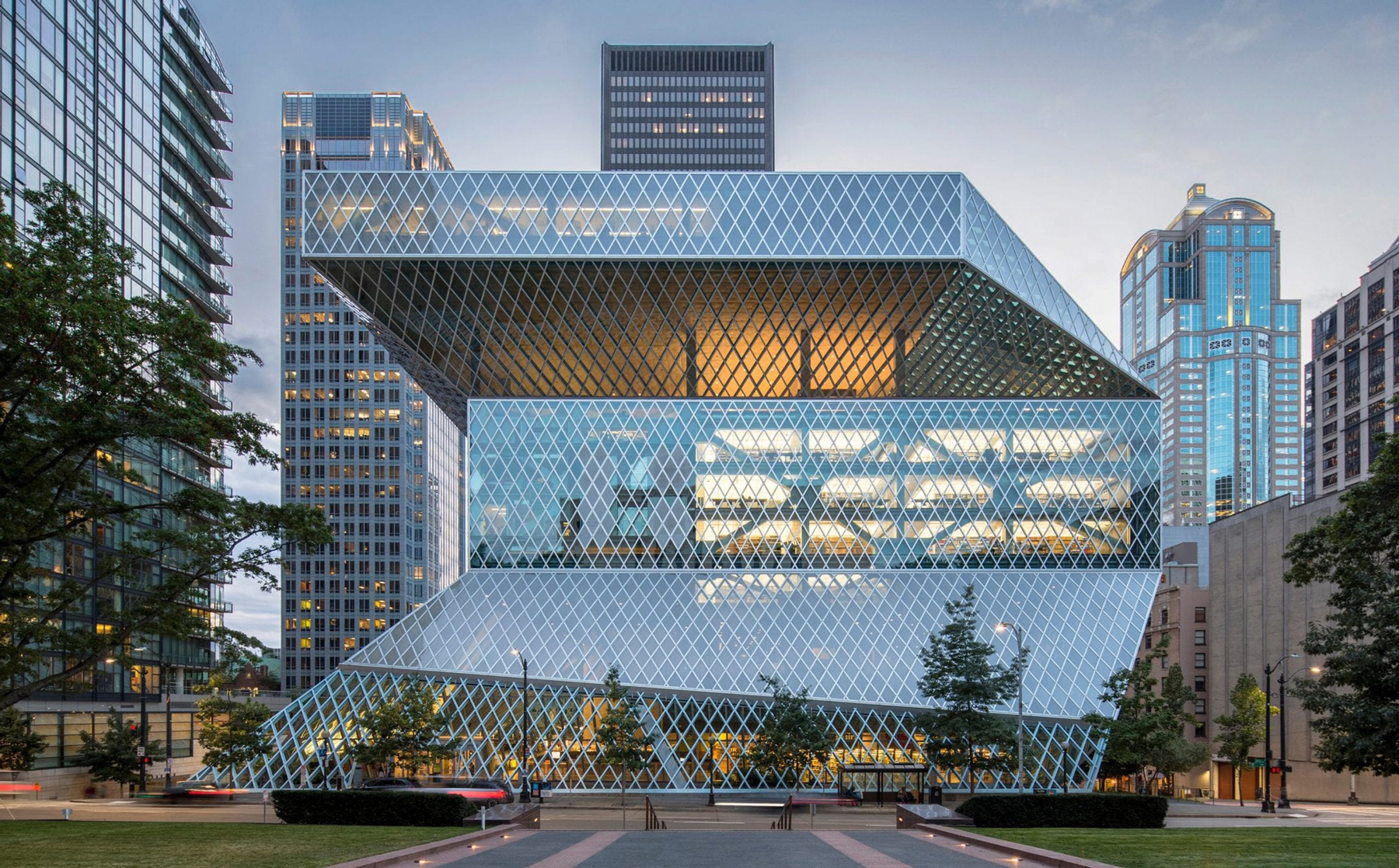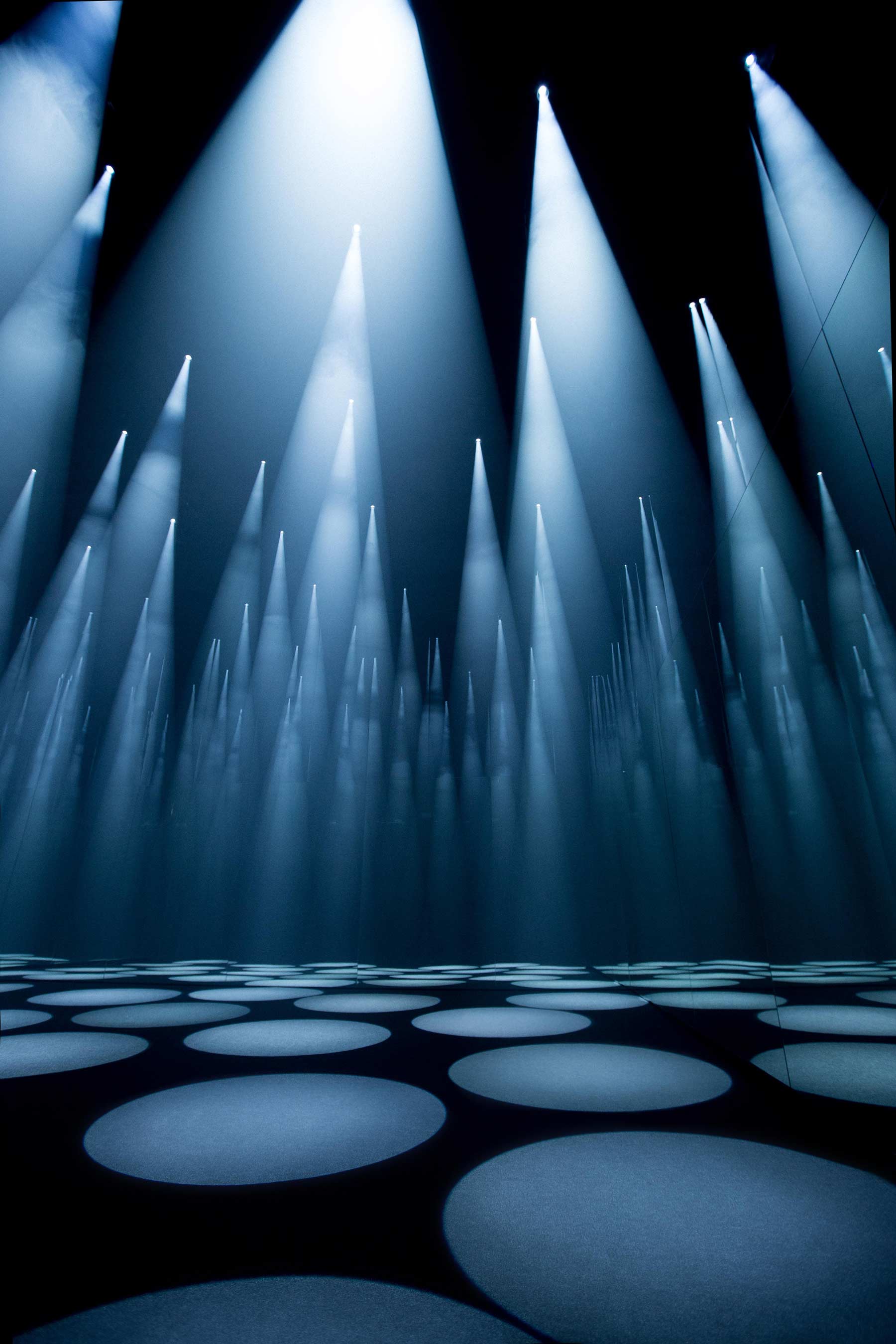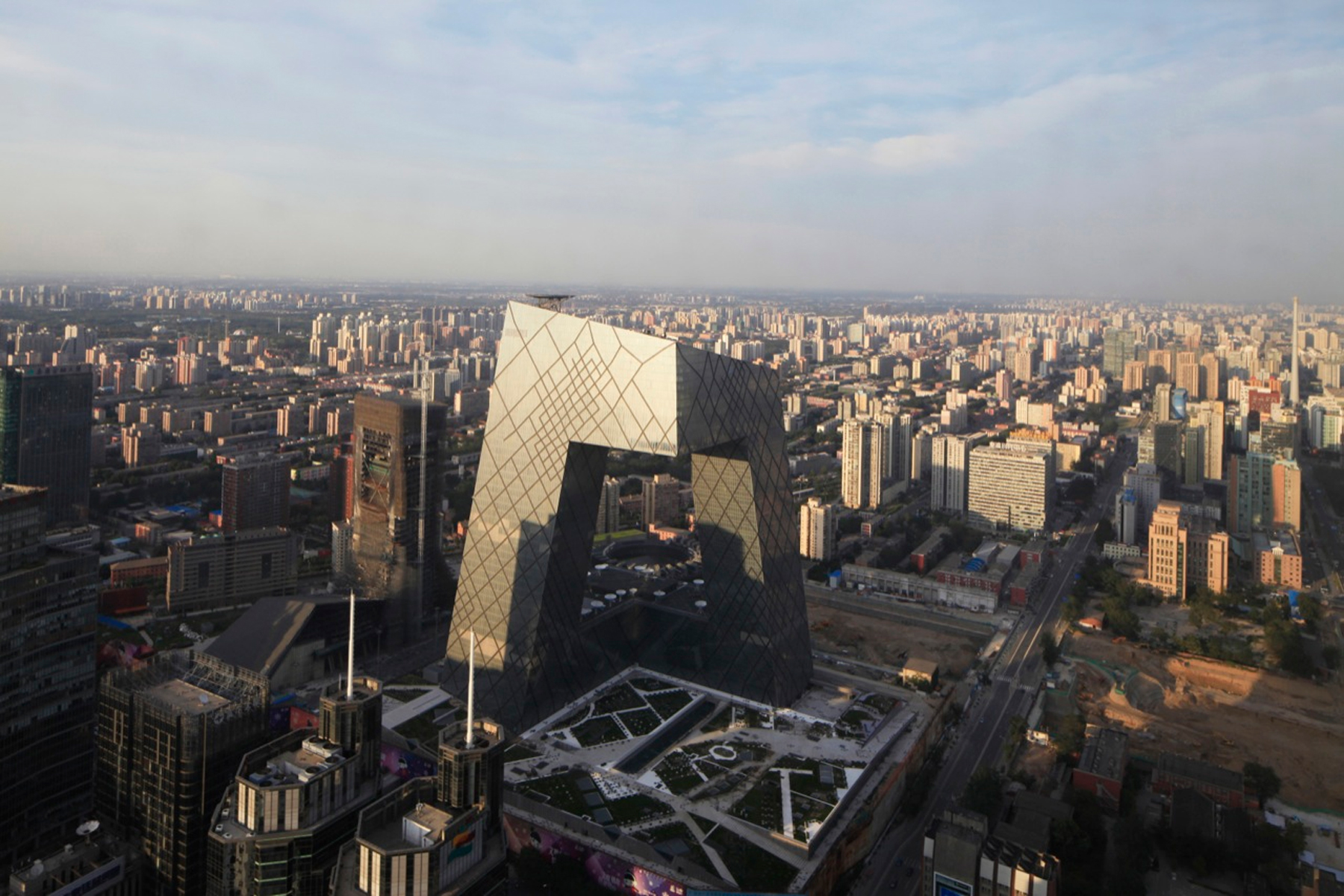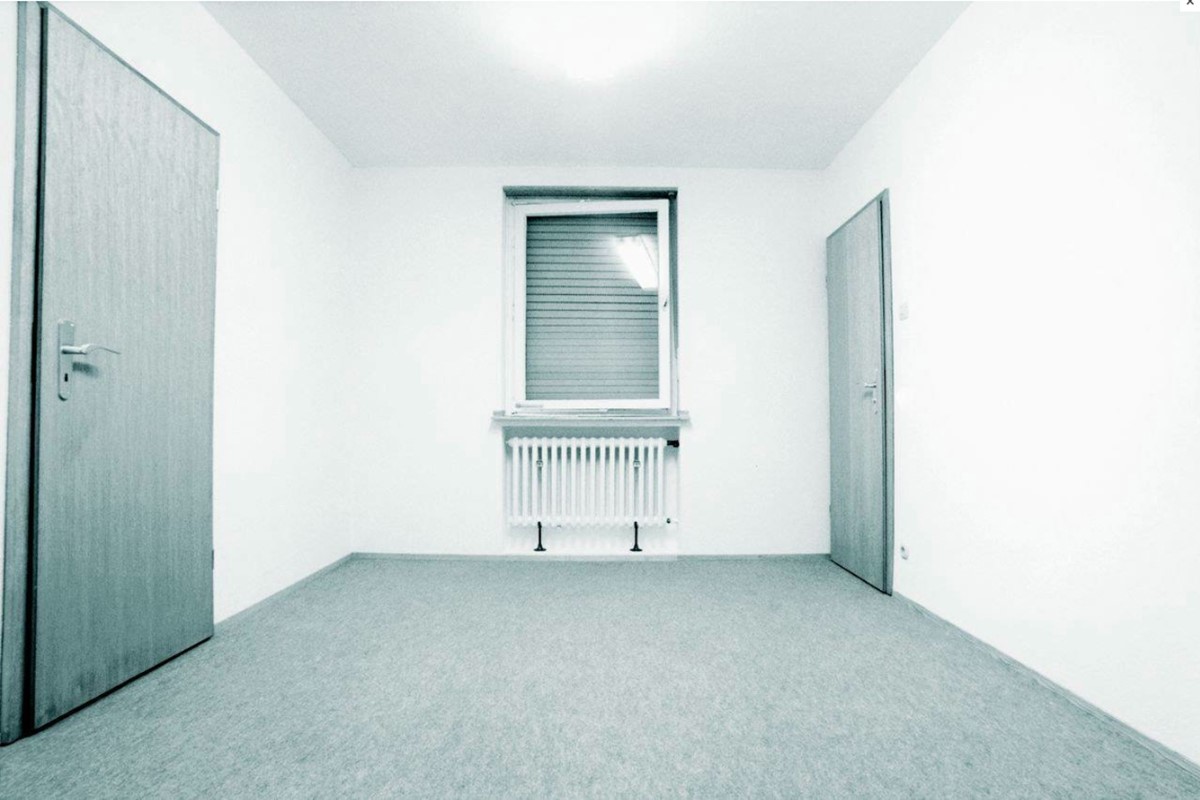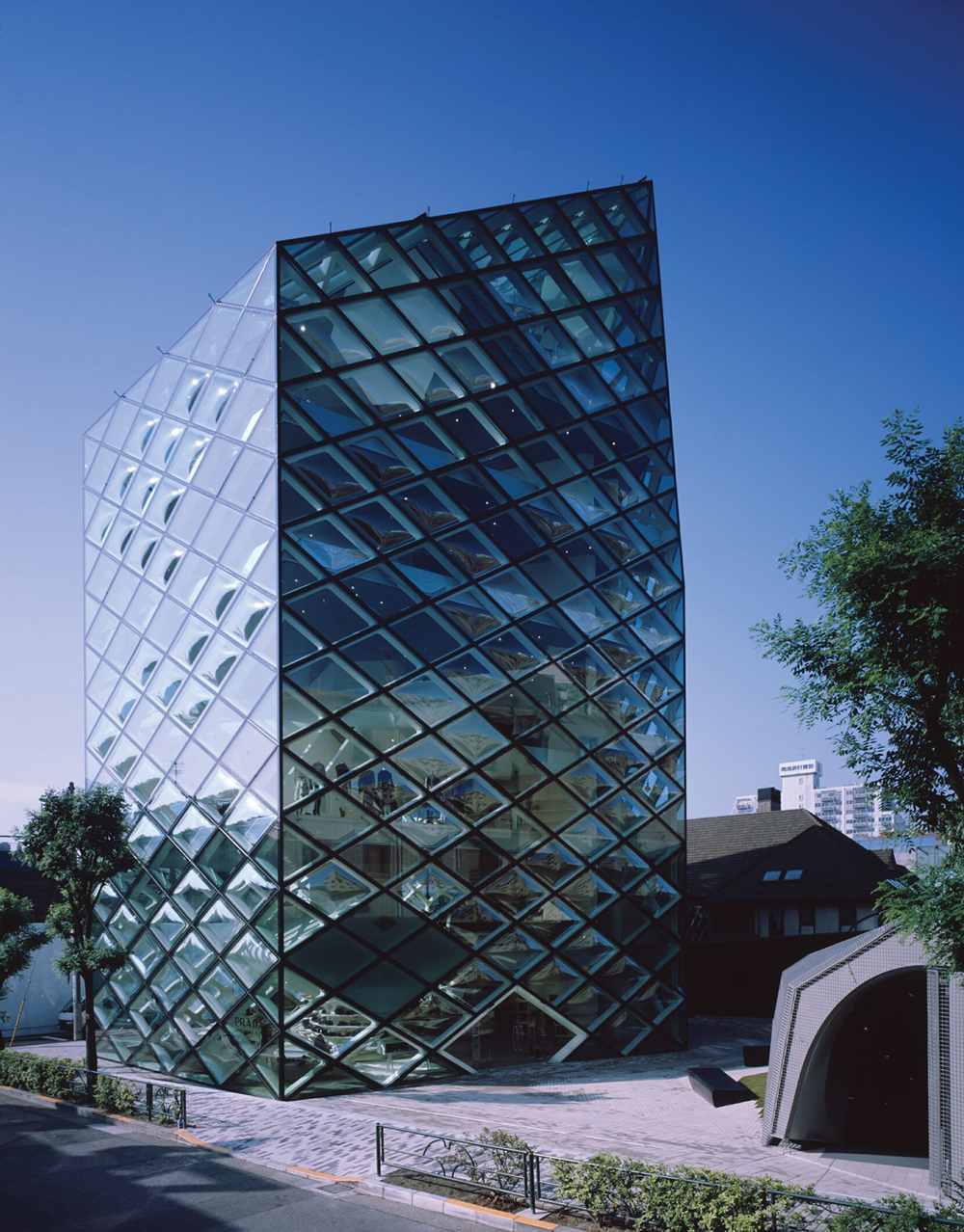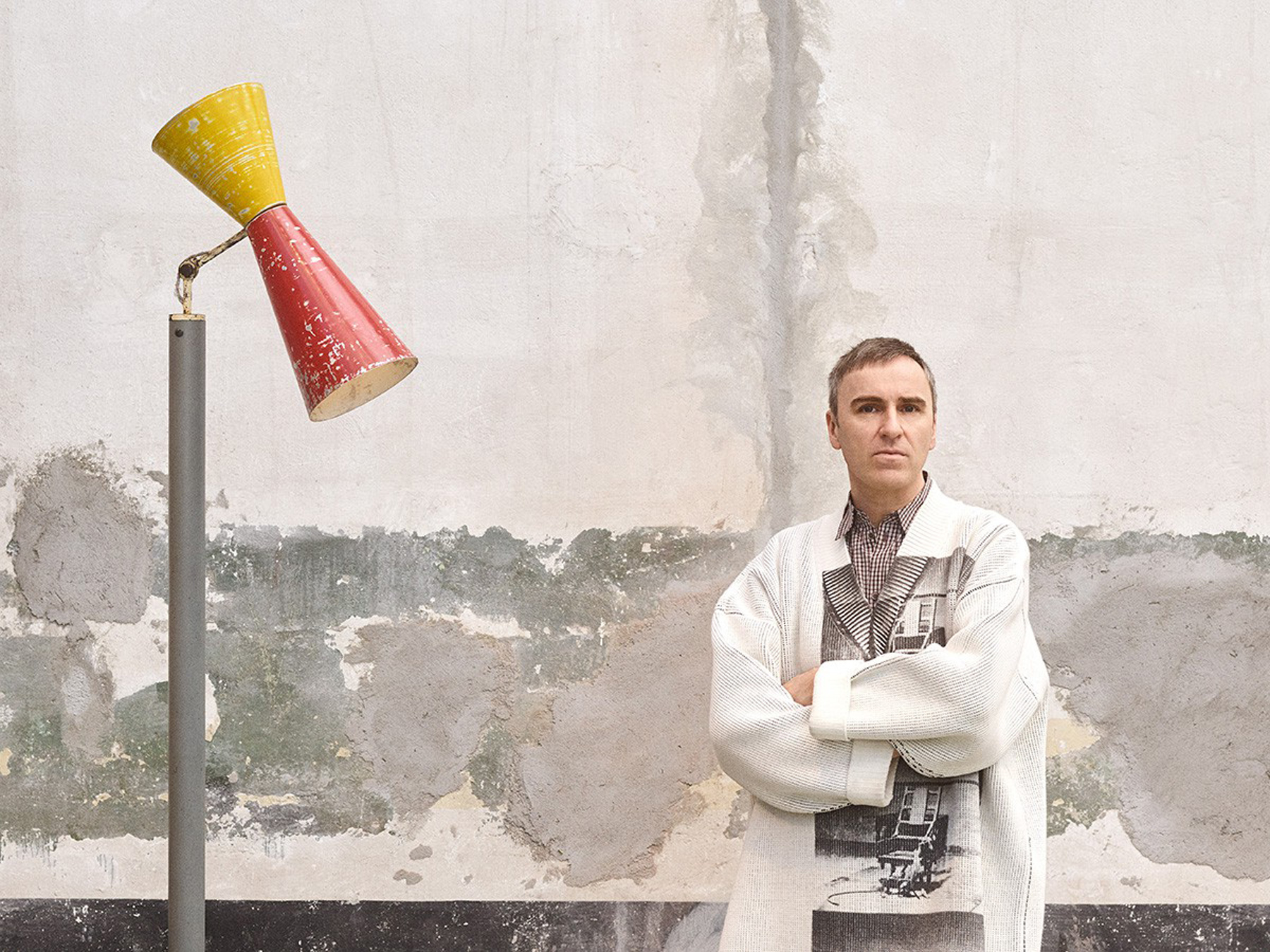In the constructive endeavor, more often than not landscape relinquishes power to architecture, an instinct perhaps born of man’s more primal struggles with his environment, in the aspiration towards civilization. The memory of this is inscribed into our geography, in the unnatural disruption of land elevations or the weathered remains of buildings. This is precisely the condition of the Douro Valley, a World Heritage site in Portugal which still harbors the bones of ancient settlements. To engage with the landscape of Douro Valley becomes a deeply meaningful activity; any architectural intervention would be scrutinized not solely on how much it contributes to the land, but how much it takes away as well.
For Portuguese architect Alvaro Fernandes Andrade, this consideration becomes one of the drivers of his architecture. The Pocinho Centre for High Performance Rowing, half-buried in the soil of Douro Valley, seems more a replacement of land or even an extension of it, rather than a forceful imposition. Split into three zones, one for the training of Olympic rowers, one for social interaction and the last for dormitories, the structure is rendered in white concrete, with a single spine snaking down the landscape, interfacing clusters of volumes at certain points.
Described by the architect as a ‘dense, inextricable mixture’, Pocinho Centre is shaped by the specific peculiarities of Douro Valley’s unique topography, archaeological identity and the contrasting requirements of modern architecture, coupled with the programmatic considerations of specific function. Purely as structure, an inherently functional, well-designed facility has been constructed, nuanced in its mobility, spatial experience and programmatic sensitivity.
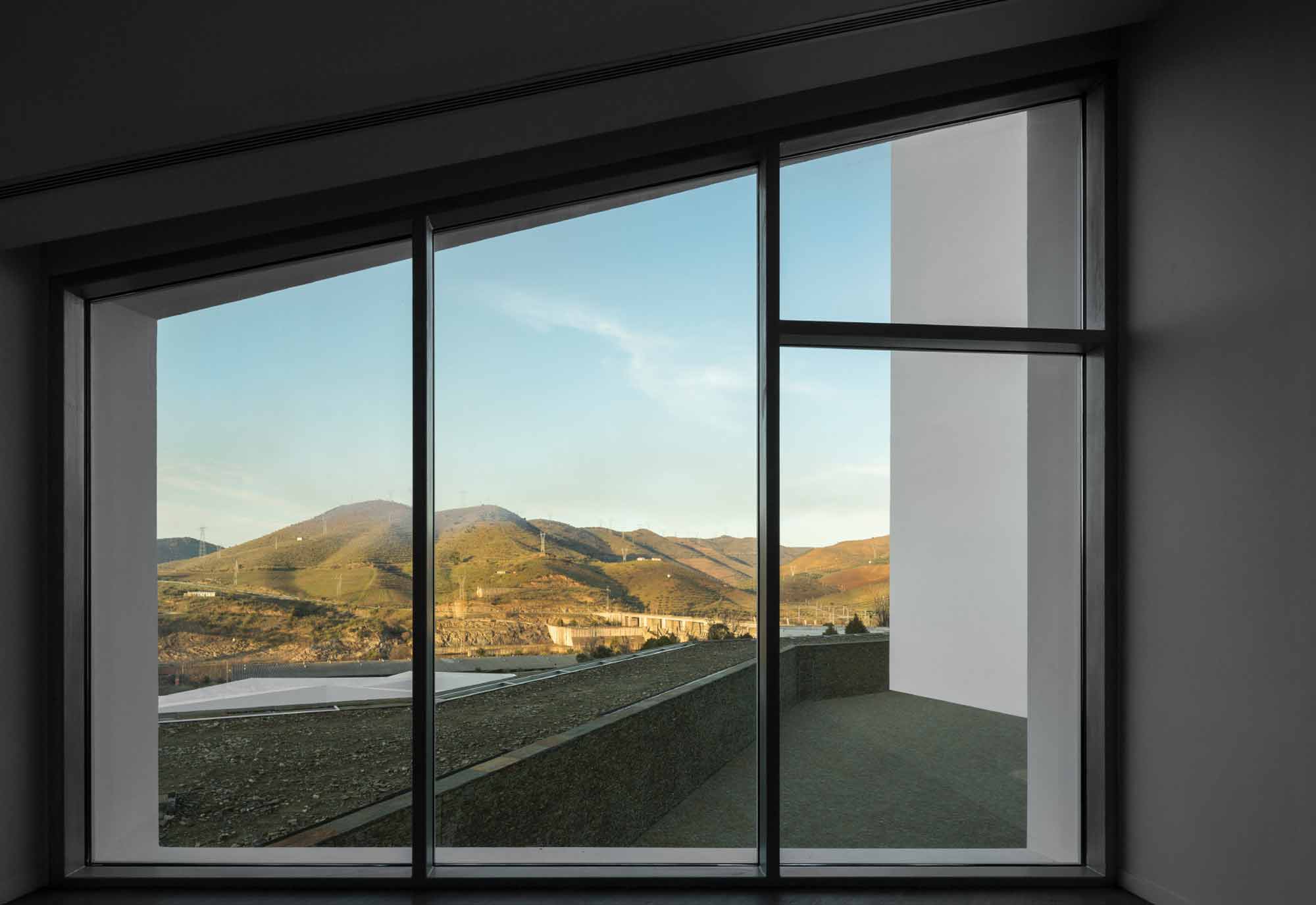
But it is through describing the architecture in terms of its interaction with Douro Valley that the complexity of Pocinho Centre becomes apparent. Besides the main organizational element of the spine, the architecture reinterprets two existing, built elements found in the Valley’s landscape. Terracing, a well-established method of negotiating and colonizing irregular landscapes, is used to determine the staggered layers of the dormitories, minimizing visual or physical interference with the topography of the Valley. The deliberately extruded complexes of the Centre mimic the compounds of wineries, a typology with a long history within the Valley. Their mismatched set of volumes mimic the series of additions which latch onto most wineries with time. When considered with the length of the spine, the intent of movement and program become deliberate, and Pocinho Centre becomes a reinterpretation of the history of traversal within Douro Valley.
The level of complexity with which Andrade conceived Pocinho Centre is necessary, given the cultural and archaeological importance of its site. But complexity does not determine excellence. Excellence, for Pocinho Centre, is achieved through the success of its execution, which has not only justified its modification of the landscape, but created additional layers to the rich and varied history of Douro Valley.
